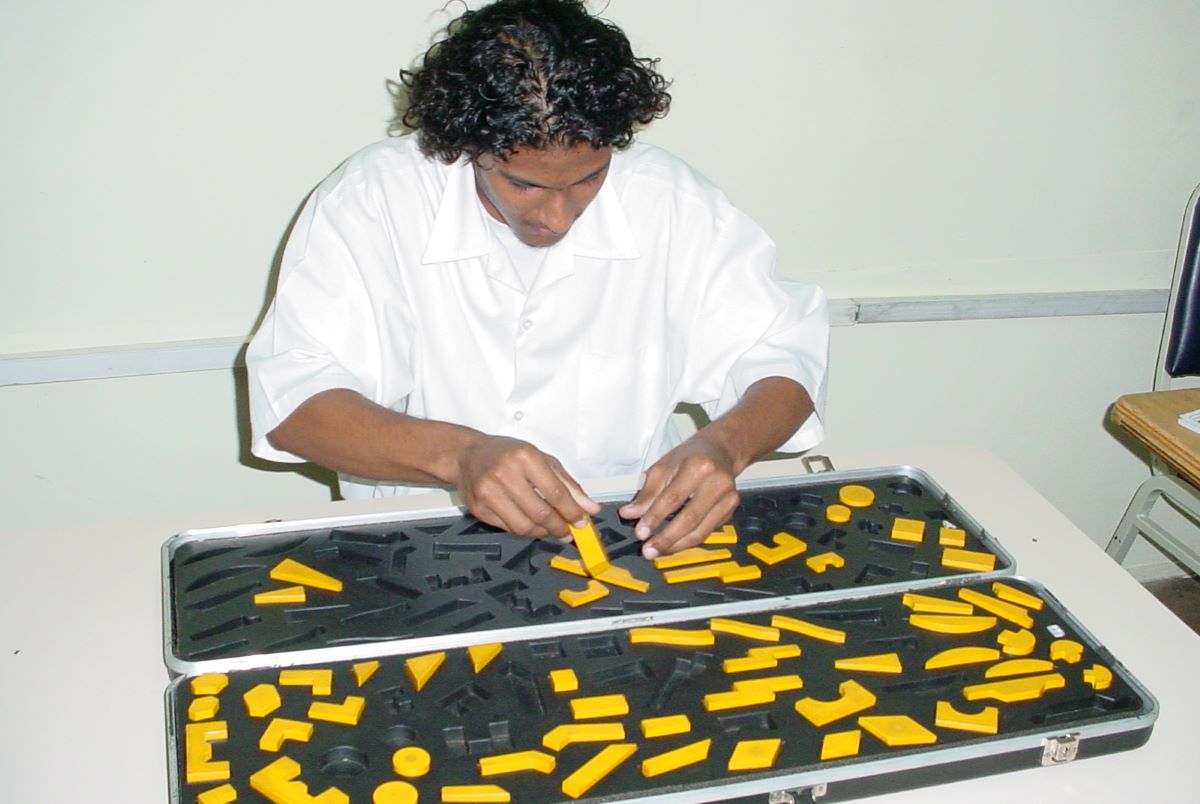- (868) 652-4880, 657-3525
- ncpdtrinidad@gmail.com
- Mon - Fri: 8:00- 16:00
- Donate
It’s about inclusion. Open your mind. Equality for all.
by Mighty Crazy, Calypsonian and Entertainer
by Deryck Murray, Former West Indies Cricketer
by Denyse Plummer, Calypsonian and Entertainer
Use words which stress equality, dignity and active participation
Use terms such as persons with disabilities or differently-abled persons rather than the disabled”
Use terms such as person using a wheelchair, rather than wheelchair bound or confined to a wheelchair
Use terms which do not refer to the person as his/her condition. Medical terms, such as dyslexic, do not reflect a person’s abilities. If a person’s condition must be referred to, identify the person first and the condition after e.g. a person with dyslexia.

Use little person rather than midget
User person without a disability rather than normal, healthy or able-bodied; Condition rather than disease or defect
Visually impaired rather than blind if a person is not completely blind
Instead of saying someone is crippled with, suffering from or afflicted with say, for example: John has epilepsy rather than John is suffering from epilepsy
Use congenital disability rather than birth defect
No No
Introduce yourself and offer assistance.
Treat people as you would like to be treated